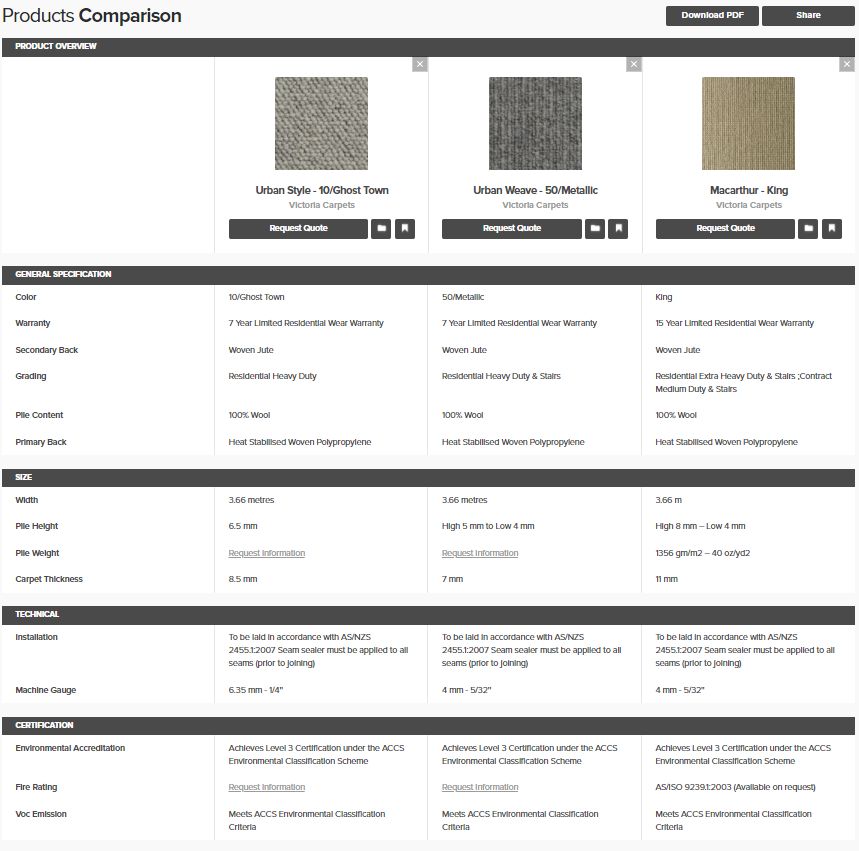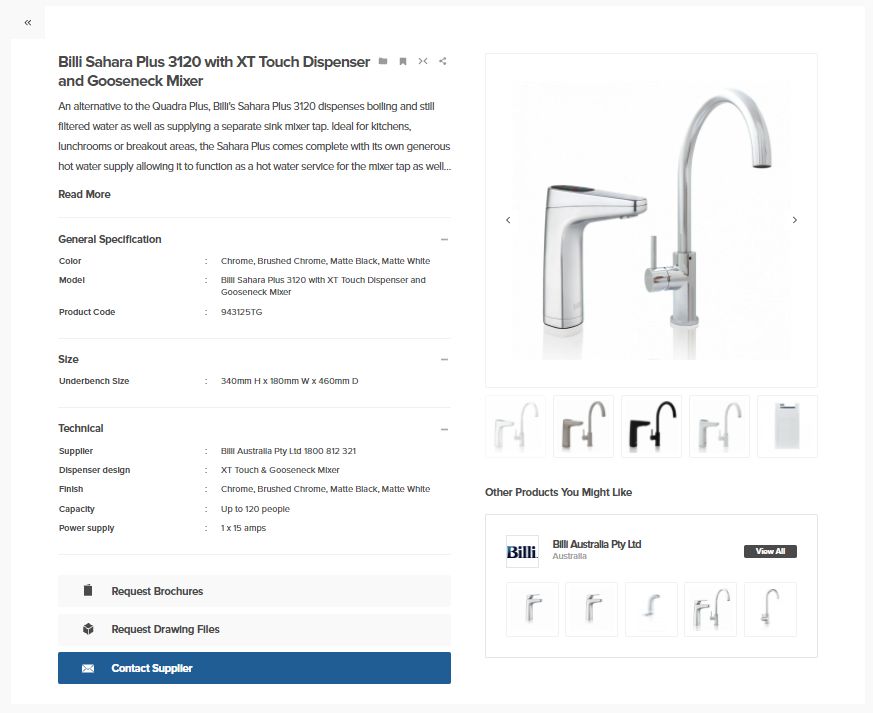Specification matters: how technical writing transparency helps everyone




Writing a specification document is nobody’s favourite job; it’s time consuming, technical and uncreative. Yet, writing accurate specification is necessary to ensure a successful project from start to finish. Without a well written specification document, a great design can turn into a disastrous build in no time and the buck stops with the architect. This article will explain why accurate specifications are important, and how easily accessible technical product information benefits both design professionals and product suppliers.
Why specification matters
While drawings are a visual guide to a project, the specification document are the instructions of how everything fits together. Have you ever tried putting together IKEA furniture just from looking at the picture? As an architect, accurate specifications are just as important to a project as the drawing is, if not more. Specifications define the components of a project and how they should be installed, as well as any accreditations. This is why it is important to conduct accurate specification writing early in the design phase: the window you want might end up being completely inappropriate when construction begins.
Specification documents also protect the interests of the owner, as well as the integrity of the design professional. There’s nothing worse than a material or product requiring urgent repair, maintenance or replacement shortly after construction is completed. Product quality is defined by specification, especially when it comes to products that provide a function. A lot of the time, specifiers “cut and paste” previous specifications onto concurrent projects due to lack of time, resulting in products being swapped out by builders who have their own preferences or becoming incompatible.
Helping architects write specifications – a win-win situation
When it comes to specifying products, time-poor design professionals often reuse product specifications from previous projects which can sometimes result in complications down the line. This method is fast, but doesn’t leave much room for innovation. Traditionally, a professional spec writer would be an experienced member of the firm with deep knowledge of materials and industry practices. But, more often than not, finding new product specs is left to junior members of design firms. It’s not their fault, most architects are working on multiple projects at once and are constantly facing deadlines, so it’s reasonable to repeatedly specify products that they know and trust. Hard to access specification is one of the biggest barriers for architects searching for new products, removing that barrier will increase the likelihood of products being specified. In fact, providing easily accessible technical information on products greatly increases a brand’s goodwill.
We know that architects and design professionals turn to search engines and manufacturers websites when looking for new products. Once there, specification and technical information is the first thing design professionals look for. Although supporting materials and case studies help provide information on the appropriateness of products, without easily available technical specification a product will simply be overlooked. Every link and page in front of technical information is also another barrier. Not only that, technical information that’s difficult to access or hidden behind forms and list builders can hurt a brand’s image.
Trust and transparency are traits that are highly regarded among design professionals. Trust takes time to build, but providing accurate and in-depth technical information will demonstrate transparency and potential to become a trusted supplier. This needs to be supported by excellent work practices, but easily accessible technical information creates a great first impression. Establishing a level of transparency and trust early on encourages design professionals to be more open during an initial meeting.
Where does Archify fit in?
Technical information is always the first thing you see when looking at products on Archify.
Design professionals are time-poor, but so are manufacturers and product suppliers. Providing detailed technical information online for all products is time consuming and mundane, which is antithetical to how salespeople want to operate. We’ve noticed how difficult it is for companies to get noticed despite having great products, and we wanted to help. Our team takes a company’s product catalogue and technical information and presents it in a satisfying format for design professionals that lets them easily specify products. This unique feature is Archify’s foundation, from which all our services are built on.

You can also view technical information of up to three products side by side.
By signing up as an Archify member, product suppliers are signing up to become part of a community based on trust, commitment and transparency. But, we can only do so much, it is up to our members to possess a solution-orientated and customer-focused attitude.
Are you a design professional looking for specification? Start browsing Archify’s library of products.




 Indonesia
Indonesia
 Australia
Australia
 New Zealand
New Zealand
 Philippines
Philippines
 Hongkong
Hongkong
 Malaysia
Malaysia








